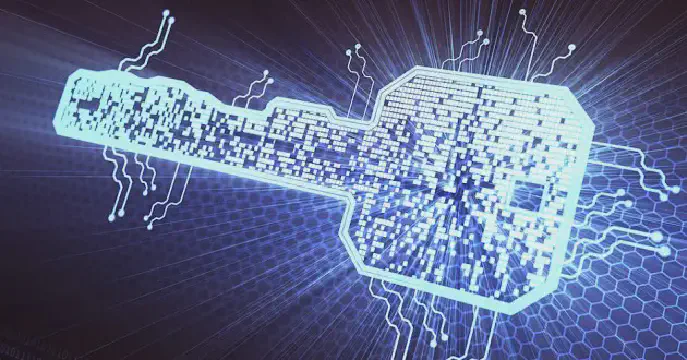Excerpt§
Explore the challenges of handling negative numbers in hashing and discover techniques like absolute value, modulus, and bit shifting. Learn best practices for optimal performance.
Hashing functions are designed to map data items to fixed-size numeric values. However, directly hashing negative numbers can cause issues in some implementations. This blog discusses techniques for handling negative numbers and values in hashing algorithms.
Introduction to Hashing Negative Numbers§
Hashing is used in data structures like hash tables to enable fast insert, search and delete operations. A hash function takes in a data item like a string and outputs a numeric hash code within a fixed range.
Negative numbers require special handling in hashing because:
- Directly hashing a negative number could result in an invalid index location.
- Some hash functions only work on positive integer ranges.
Failure to handle negatives properly can lead to unexpected collisions or errors during lookup and retrieval.
Techniques for Hashing Negative Numbers§
Here are some common techniques used to hash negative numbers:
1. Absolute Value Method§
This involves taking the absolute value of the negative number before hashing:
1def hash_function(key):
2 if key < 0:
3 key = abs(key)
4
5 # hash the positive key
6 hash_code = some_hash_function(key)
7
8 return hash_code
pythonPros: Simple to implement.
Cons: Potential clustering for large negative values near zero.
2. Modulus Method§
The input key is modulated by a fixed positive number using the modulus operator (%).
1def hash_function(key):
2
3 # modulate key by 100
4 hash_code = key % 100
5
6 return hash_code
pythonPros: Handles both positive and negative keys uniformly.
Cons: Requires finding a suitable fixed modulus value.
3. Shifting Method§
The sign bit of negative numbers is discarded by shifting the binary representation.
1def hash_function(key):
2
3 # right shift input to remove sign bit
4 hash_code = key >> 1
5
6 return hash_code
pythonPros: Retains magnitude of original negative value.
Cons: Loses information which can increase collisions.
Comparison of Techniques§
Absolute Value Method
- Simplest approach suitable for small key ranges.
- Performance degrades if many keys lie near zero.
Modulus Method
- Effective for larger key sizes and ranges.
- Requires finding a good modulus value through trial and error.
Shifting Method
- Retains more information from the original key.
- Discarding sign bit increases probability of collisions.
The modulus method works well in most cases. Shifting preserves more key identity but requires more bits to reduce collisions.
Best Practices for Hashing Negative Numbers§
Choose data types for keys that support unsigned positive values where possible.
Use the modulus method for keyed collections with random distributions.
Increase hash table size and use more bits if shifting to handle negatives.
Profile and tune the hashing approach based on your actual key distribution.
Handle negative numbers consistently throughout the hashing workflow.
Conclusion§
Handling negative numbers requires additional considerations during hashing algorithm design and implementation. Techniques like taking the absolute value, modulus or shifting provide ways to hash negative numbers while mitigating collisions and errors. Carefully choosing an optimal approach based on data characteristics can help build robust systems.















